Remote Access technologies allow users to connect to systems and data from any location, facilitating seamless work from remote sites. This improves accessibility and convenience, crucial for businesses with distributed teams.
Remote Access solutions have transformed how organizations operate by providing secure connections to internal resources over public networks. These solutions enhance productivity and flexibility by enabling team members to work efficiently from various locations, ensuring business continuity.
What are the critical features of Remote Access solutions?Industries such as technology, finance, and healthcare leverage Remote Access to empower their workforce. In technology, it allows experts to manage servers globally. The finance sector ensures that trading and transactions are uninterrupted. In healthcare, practitioners access patient data without compromising privacy.
Organizations benefit from Remote Access by enabling flexible work environments that attract and retain talent. It ensures accessibility to critical tools and data, maintaining business operations despite physical location constraints.
| Product | Market Share (%) |
|---|---|
| TeamViewer Business | 11.1% |
| Microsoft Intune | 9.6% |
| Microsoft Remote Desktop Services | 9.4% |
| Other | 69.9% |


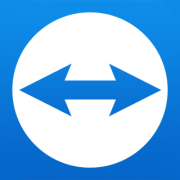
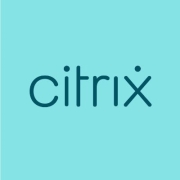

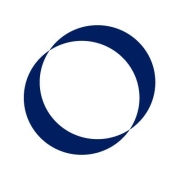

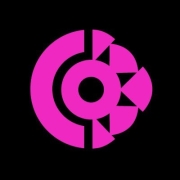
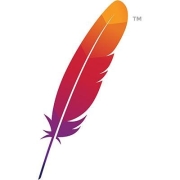

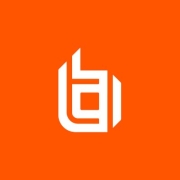
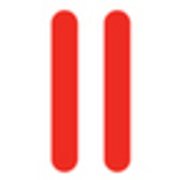


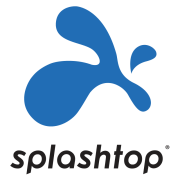
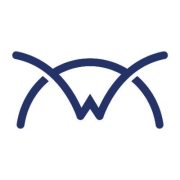
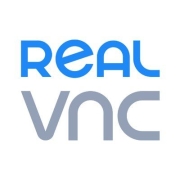
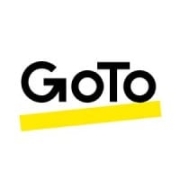
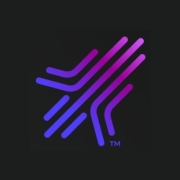

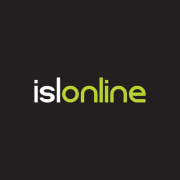

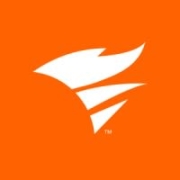
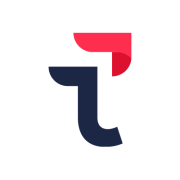
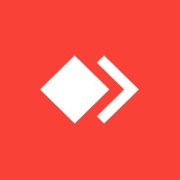



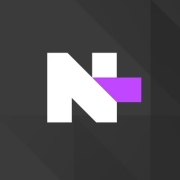

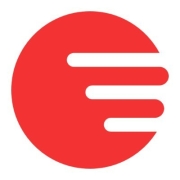
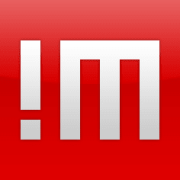

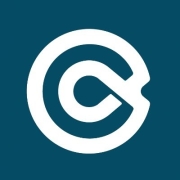
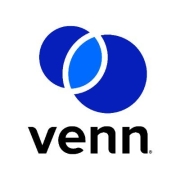
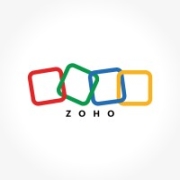

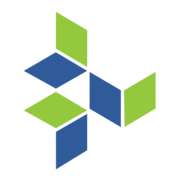

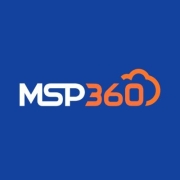
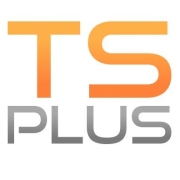
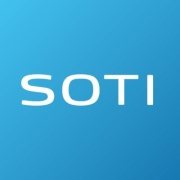

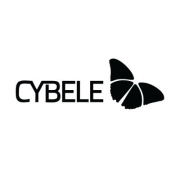
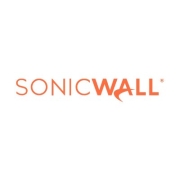

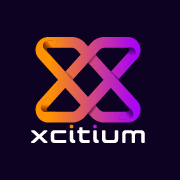

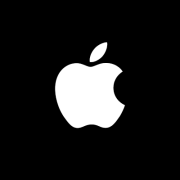
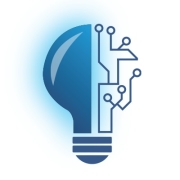
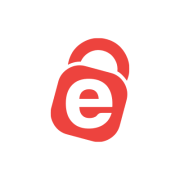


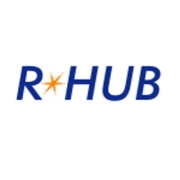
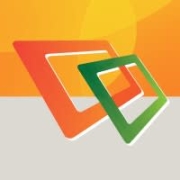
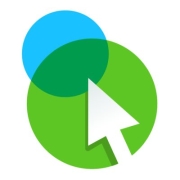
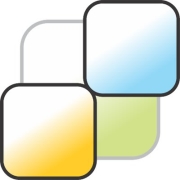
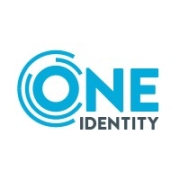

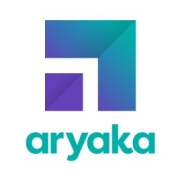








The most popular types of remote access control include:
Remote access grants direct access to the network. A remote desktop grants access to a desktop device that may have specific programs, files, or applications loaded onto the device. Additionally, the desktop may also access the entire network.
Remote access tools (sometimes referred to as RATs) grant access to an organization's network, servers, drives, devices, and systems from a remote location. Although most are legitimate tools, there is the possibility some may be used for malicious purposes and can mislead an unaware user into installing malware, viruses, or dangerous bots and giving open access to their devices or networks.
Remote Access solutions employ advanced security measures such as encryption, VPN usage, and multi-factor authentication to protect sensitive data from unauthorized access. By encrypting data transmissions and requiring multiple forms of verification, these solutions ensure that only authorized users can access your network, making it difficult for cybercriminals to infiltrate your systems.
What are the benefits of using a Cloud-based Remote Access solution?Cloud-based Remote Access solutions offer scalability, flexibility, and cost-effectiveness. They allow you to easily scale your access capabilities as your business grows without requiring significant investments in hardware. With remote management features, you can seamlessly update and maintain the solution, ensuring continuous protection and accessibility from anywhere with an internet connection.
How can Remote Access improve employee productivity?By enabling employees to securely access their work resources from any location, Remote Access solutions facilitate telecommuting and flexible work environments. This accessibility ensures that employees can maintain productivity even when away from the office, reducing downtime and optimizing collaboration by allowing team members to work in real-time on shared projects.
What should you consider when choosing a Remote Access solution?When selecting a Remote Access solution, prioritize security features such as encryption, multi-factor authentication, and endpoint protection. Evaluate the solution's compatibility with your existing systems and its ability to scale with your business needs. Consider ease of use for both administrators and end-users, along with the level of customer support provided by the vendor to ensure a smooth implementation and operation.
Can Remote Access solutions integrate with existing IT infrastructure?Yes, most modern Remote Access solutions are designed to integrate seamlessly with existing IT infrastructure. They support various operating systems and applications, allowing for smooth interaction with your current hardware and software. Many solutions also offer APIs and other integration tools to facilitate this process, ensuring minimal disruption while enhancing your remote capabilities.